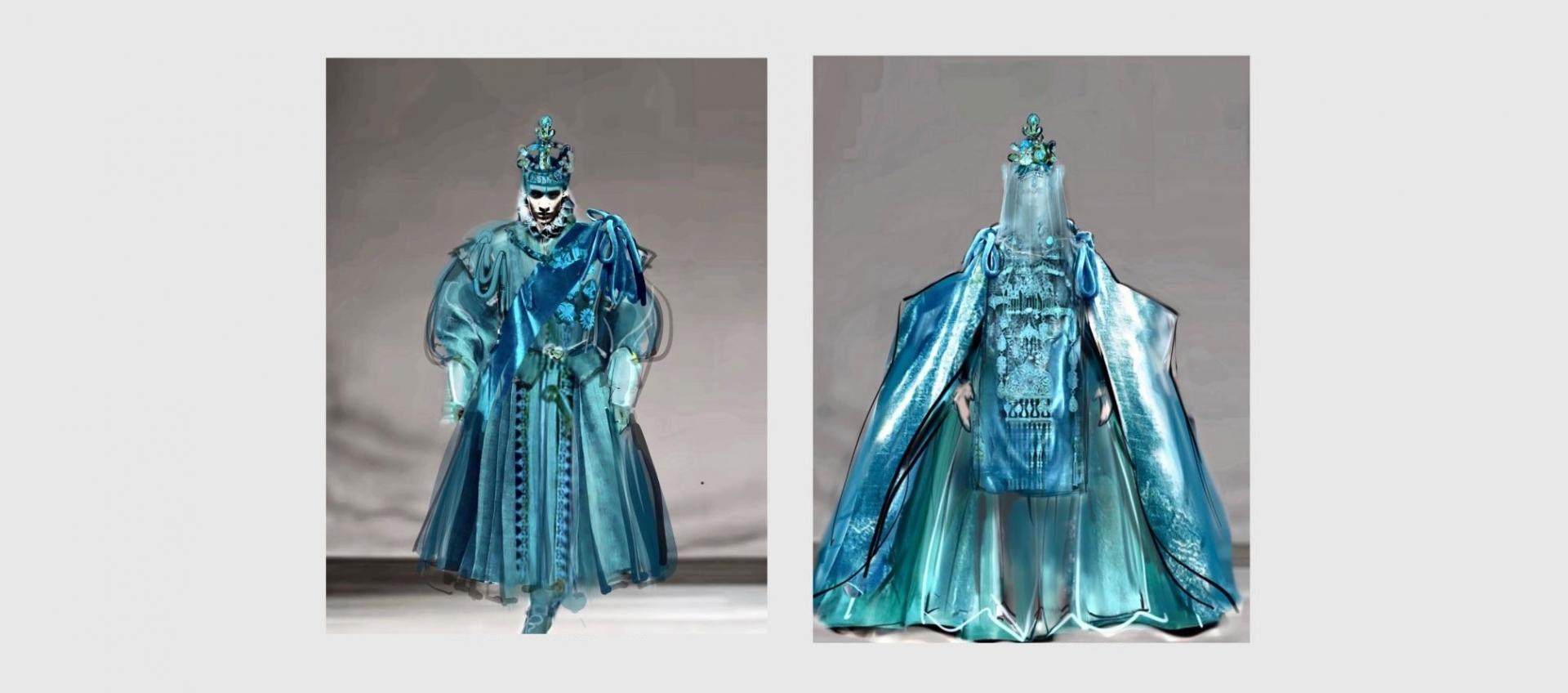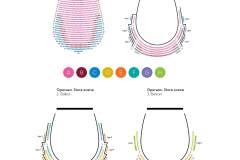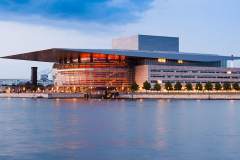Griselda
Mo | Tu | We | Th | Fr | Sa | Su |
A rare Baroque gem featuring Concerto Copenhagen and international soloists.
Griselda is performed in Italian with Danish supertitles.
The collaboration with Concerto Copenhagen has been facilitated through the generous support of the Augustinus Foundation.
Recommended for ages 12 and up.
Expected duration: 2 hours and 30 minutes incl. 1 interval
Synopsis
Act 1
Years before the action begins, Gualtiero, King of Thessaly, had married a poor shepherdess, Griselda. The marriage was deeply unpopular with the king's subjects and when a daughter, Costanza, was born, the king had to pretend to have her killed while secretly sending her to be brought up by Prince Corrado of Athens. Now, after the recent birth of a son has led to another rebellion from the Thessalians against Griselda as a queen, Gualtiero is forced to dismiss her and promises to take a new wife. The proposed bride is in fact Costanza, who is unaware of her true parentage and unknown to Griselda. She is in love with Corrado's younger brother, Roberto, and the thought of being forced to marry Gualtiero drives her to despair.
Act 2
Costanza sings of her torn affections (betrothed to Gualtiero but in love with Roberto) in the coloratura aria Agitata da due venti. Griselda returns to her home in the countryside where she is pursued by the villainous courtier Ottone, who is completely besotted with her and has surreptitiously fomented the popular uprisings in order to derail her marriage. She angrily rejects his advances. Gualtiero and his followers go out hunting and come across Griselda's cottage. Gualtiero foils an attempt by Ottone to kidnap Griselda and allows her back to the court, but only as Costanza's slave.
Act 3
Ottone still resolutely pursues Griselda and Gualtiero promises him her hand as soon as he himself has married Costanza. Griselda absolutely refuses and declares she would rather die. At this point, Gualtiero embraces her, having demonstrated her virtue to the rebellious people, and takes her back as his wife. Gualtiero and Corrado reveal the true identity of Costanza, Ottone is pardoned and the girl is allowed to marry Roberto.
Program and cast
Music: Antonio Vivaldi
Librettist: Apostolo Zeno
Conductor: Lars Ulrik Mortensen
Director: Béatrice Lachaussée
Set Designer.: Amber Vandenhoeck
Costume Design: Anja Vang Kragh
Light Designer: Glen D'haenens
Dirigent: Lars Ulrik Mortensen
Gualtiero: Terrence Chin-Loy
Griselda: Noa Beinart
Costanza: Mari Eriksmoen
Roberto: Christopher Lowrey
Ottone: Marlene Metzger
Corrado: Ray Chenez
The Copenhagen Opera House
The house is administered by the Royal Danish Theatre and is one of the best-equipped in the world. It has a main stage with five other stages directly connected, where large setups can be moved easily in and out. The theatre can seat between 1492 and 1703, depending on the size of the orchestra. The 1492 seats are all individually angled in order to provide the best experience.
The orchestra pit is one of the largest in any opera house, with room for 110 musicians; the structure provides excellent sound quality for the orchestra. If the pit is filled, some musicians are located just below the front of the stage, which has become controversial among some members of the orchestra (according to tour guides in 2005), because this increases the sound levels, beyond those acceptable in Denmark. However, the overhang is very slight and the authorities have permitted this to happen.
During construction of the theatre, some acoustic tests were carried out with the fire curtain in place while technical work was carried out on stage, but great consideration was given to balance between pit and stage. If the orchestra is small or absent, the pit can be covered and additional seats can be added to the auditorium.
Opera House entrance
Just like the old Royal Danish Theatre in Copenhagen, The Queen has her own box on the left side of the auditorium, closest to the stage. The foyer has been designed for comfort, based on behavioural research on opera goers maximizing the wall area for standing against, while still providing views across the entire foyer and one of the best views on Copenhagen. Guided tours cover most of the building, including both the auditorium and backstage areas.

 EN
EN DE
DE IT
IT FR
FR ES
ES RU
RU JP
JP RO
RO
 Seating plan
Seating plan 
